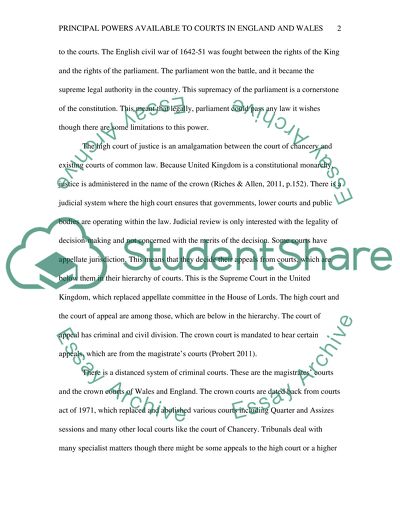Cite this document
(“Principal Powers available to the courts in England & Wales Essay”, n.d.)
Principal Powers available to the courts in England & Wales Essay. Retrieved from https://studentshare.org/law/1473710-principal-powers-available-to-the-courts-in-england-wales
Principal Powers available to the courts in England & Wales Essay. Retrieved from https://studentshare.org/law/1473710-principal-powers-available-to-the-courts-in-england-wales
(Principal Powers Available to the Courts in England & Wales Essay)
Principal Powers Available to the Courts in England & Wales Essay. https://studentshare.org/law/1473710-principal-powers-available-to-the-courts-in-england-wales.
Principal Powers Available to the Courts in England & Wales Essay. https://studentshare.org/law/1473710-principal-powers-available-to-the-courts-in-england-wales.
“Principal Powers Available to the Courts in England & Wales Essay”, n.d. https://studentshare.org/law/1473710-principal-powers-available-to-the-courts-in-england-wales.


